Accel World owes a lot to Serial Experiments Lain. The script may not be penned by Chiaki J. Konaka and has yet to deal with digital deities but a great many of this new series' ideas can be traced back to it.
Accel World doesn't attempt to chase that ideal, instead using sleek neck-mounted computers which, in the first three episodes, enable access to a virtual world, regular file keeping and of course the "Brain Burst" fighting game at the core of the story. The "Accel" part of the title series' refers to when (rather than where) this game takes place: in the split second of an accelerated reality. After a brawl lasting upward of thirty minutes has been concluded, the players' hearts have yet to take another beat.
As far as the Lain is concerned, this is a successor to the smart-drug / nano-machine "Accela" which is reportedly able to accelerate the processing capacity of a user by up to twelve times and alter their perception of time. In reality, this dilation of time is a known psychological effect called tachypsychia and is connected with physical exertion ("runner's high") as well as periods of extreme stress ("fight or flight"). As with Lain and its early series shooting incident this effect results in reduced situational awareness and a lack of higher cognitive functions. The chemicals involved with this process are believed to involve an excess of dopamine and norepinephrine; the latter is also released during REM sleep which presents one possible explanation for the effect seen in Accel World.
It's a common anecdote that the concept of time in dreams rarely matches the time it takes to experience them - your dream can be of hours and days but in reality only minutes pass. It has been proven the detail or fidelity of a dream correlates with its length, but when it comes to the perception of time there seems to be no relation. Films have taken a liking to this idea (Paprika, Inception, The Matrix) but there is a fundamental stumbling block to the kind of time-stoppage seen in Accel World: biology.
While taking ecstasy or nootropics (e.g. Limitless) may be enough to change how you experience time, biological processes such as muscle movement and nerve responses are still subject to physical constraints. Experiments showing this are easy to do but perhaps best shown by the Mythbusters during the "catch an arrow" segment from 2008. So when the portly protagonist Haruyuki is told he can dodge the incoming punch from his tormentor, he could well be able to see it coming but whether his muscles would be able to react in time is another matter. This is to say nothing of the associated fatigue associated with such increased "processing" or the necessity for common functions like circulation.
This of course does not take into account what the devices in Accel World are capable of - perhaps a chemical factory isn't out of the question. The machines themselves seem inspired by Ghost in the Shell and are identifiably computers with file systems and applications but how they interface with the human body is still unknown. As examples of brain-computer interfaces (BCIs) they are immensely complex: overlaying information onto a wearer's vision would require either implants directly within the brain or a separate screen such as a contact lens.
The former would be rife with difficulties - the human body naturally tries to expel foreign bodies and implants would suffer from a debilitating build-up of scar tissue. Even if this was overcome, the different areas the device interfaces with - motor control, sensory augmentation - would mean an extensive implant, something unlikely given the devices are supposedly usable from birth. The alternative could be indicated by the device's position at the top of the spine and the effect seen in the series thus far is just interpolation of movements (typing etc.) and transmission to a small screen display.
BCIs aren't new and rudimentary, non-invasive products have made it to market. This includes the video game orientated "Neural Impulse Actuator" through to the twee Neurowear cat ears, the envy of nekomimi lovers everywhere. Research on BCIs has taken place since the 1960's and advances have been made by scientists such as William Dobelle in restoring sight to patients with acquired blindness by transmitting images from a camera to a person's visual cortex, as well as relatively more mundane products such as cochlear implants wired into the hearing system. This however highlights another sticking point for this kind of technology: morality.
Accel World shows it best at the end of the third episode when Haruyuki is able to rifle through the files on Chiyuri's device with consequence-free abandon. They could be as banal as homework or more personal like visual and auditory recordings. Mind-reading and privacy invasion is a major aspect to the reticence of scientists to pursue, what is essentially, cyborg research that doesn't directly benefit patients which is why disabilities such as blindness and deafness have seen the majority of focus.
Interfacing with the wearer is not the only task the device performs though and connecting to networks is another major part. This aspect however is now as mundane as being able to send someone a text message and the proliferation of Wi-Fi and WiMAX, even in the ironically backward cities of Japan, is an existing part of life for many. There is of course the spin that anime tends to put on this by making them hyper-localised - Summer Wars, Dennou Coil and even the venerable Ghost in the Shell: Standalone Complex are all guilty of this, obviating the fundamental idea of a borderless and geography free network.
For Accel World though this a necessity for the Brain Burst game to exist. Paralleling Lain's PHANTOMa, it is an augmented reality that overlays the existing world, the difference here being that it all takes place within the blink of an eye. Pesky details such as how other players of Brain Burst are able to "watch" matches without prior knowledge of them taking place are omitted but the idea of a fully immersive online game is no stranger to anime with series such as murderously punctuated .hack//Sign and even Real Drive and the previously mentioned Summer Wars with their take on fighting games.
The first three episodes of Accel World then don't pitch it as a bold new take on its ideas but as a short step into a possible (but largely unlikely) future. It's pleasing to see that anime is moving out of the cringeworthy phase of neologisms and tired "cybcerspace" thrillers (Chaos;Head et. al.) and that there is some basis to the technology used. Its cribbing from Serial Experiments Lain is intriguing, but the otherwise tepid delivery, lacklustre characters and premise certainly don't do its progenitor justice.
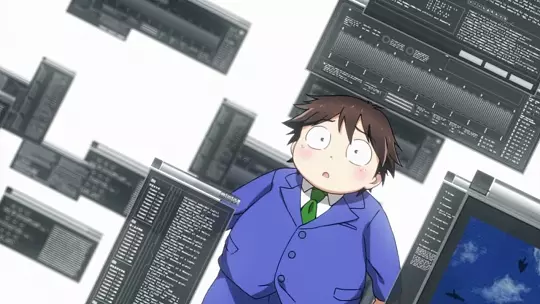
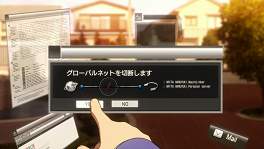
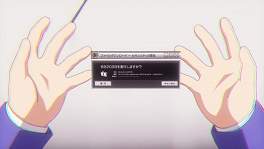
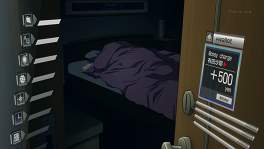
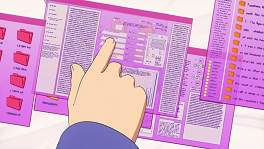
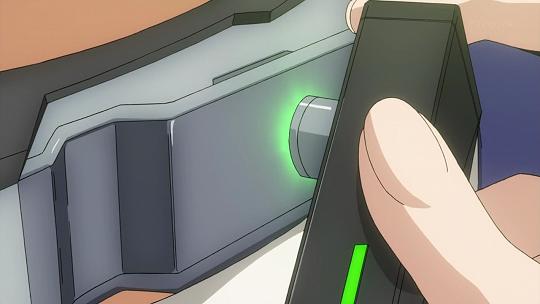
As of Episode 4 (spoilers ahead if you haven't seen it), it is shown that a - biologically implausible - body accellerating function does indeed exist, but it can be used only in extraordinary conditions and is probably harmful to the body itself. The normal Accel, however, it's just a mind thing. Still, the brain would be tired by it, but after all, it's repeatedly adviced through the series to use it scarcely, even when unlimited connection enters into play.